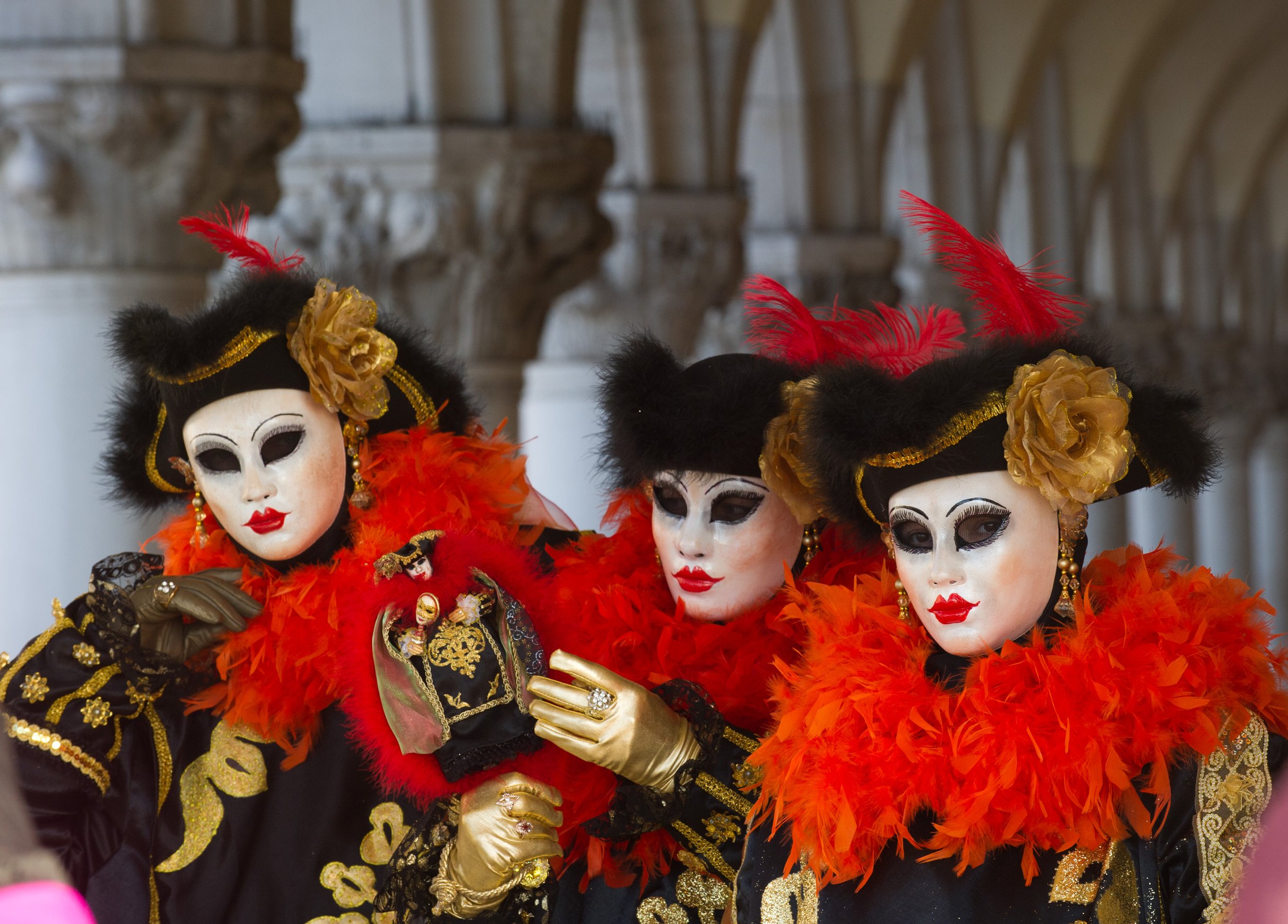Venice Carnival Photography: Tips, Gear & History
/The Venice Carnival is a timeless event steeped in tradition and rich in history. Every year, visitors worldwide flock to the city to witness the elaborate masks, sumptuous costumes, and unforgettable atmosphere. For photographers, it's an opportunity to capture some truly stunning images. Whether you're a professional or amateur photographer, the Venice Carnival offers many opportunities to capture breathtaking moments. In this guide, we'll look closely at some tips and tricks for getting the most out of your Venice Carnival photography experience.
You can also check my photography workshops during the Carnival
Here are some tips for photographers looking to capture the best of the Venice Carnival:
1. Plan Your Trip Carefully
The Venice Carnival takes place over several days in February, and the best time to go will depend on a variety of factors, including your interests and the type of photography you're hoping to do. For example, if you're interested in capturing the parades, it's best to go on the weekends, when the main events take place. If you're more interested in the street photography and candid moments, you might want to go midweek when the crowds are smaller.
2. Familiarize Yourself with the Venue
Before you head to the Venice Carnival, spend some time researching the different areas of the city where the events are taking place. This will help you get a feel for the best locations to shoot from and give you an idea of the lighting conditions you'll be working with. You might also want to scout out some of the iconic locations around the city, such as Piazza San Marco or the Grand Canal, which can provide a stunning backdrop for your photos.
3. Prepare Your Equipment
Photographing the Venice Carnival can be a bit of a challenge, especially if you're not used to shooting in low light conditions. It's important to bring the right equipment for the job, including a camera that is capable of handling low light, fast lenses, and plenty of extra batteries and memory cards. You might also want to bring a tripod or stabilizer to help keep your shots steady.
4. Be Prepared for Crowds
The Venice Carnival is a busy event, and you'll need to be prepared for crowds if you're planning on getting up close to the action. Make sure you're wearing comfortable shoes, and consider bringing a backpack or shoulder bag to carry your equipment. You'll also need to be prepared to move quickly and be flexible with your shooting locations, as the crowds can be unpredictable.
5. Experiment with Different Techniques
The Venice Carnival provides a unique opportunity to experiment with different photography techniques, such as slow-shutter speeds, panning shots, and even light painting. Don't be afraid to try something new, as the colorful and dynamic atmosphere of the carnival can provide a perfect backdrop for experimenting with different styles.
6. Get Creative with Your Compositions
Finally, don't be afraid to get creative with your compositions when photographing the Venice Carnival. Take advantage of the unique architecture and landscapes around the city, and try to capture the costumes, masks, and performers from interesting angles. The key to great carnival photography is to think outside the box and find new and exciting ways to showcase the magic of the event.
In conclusion, the Venice Carnival is a once-in-a-lifetime opportunity for photographers to capture this magical city's essence and the festival's excitement. By preparing, experimenting with your camera, and being patient, you’ll surely come back with some stunning shots that will last a lifetime.
Check my photography workshops during the Carnival





















